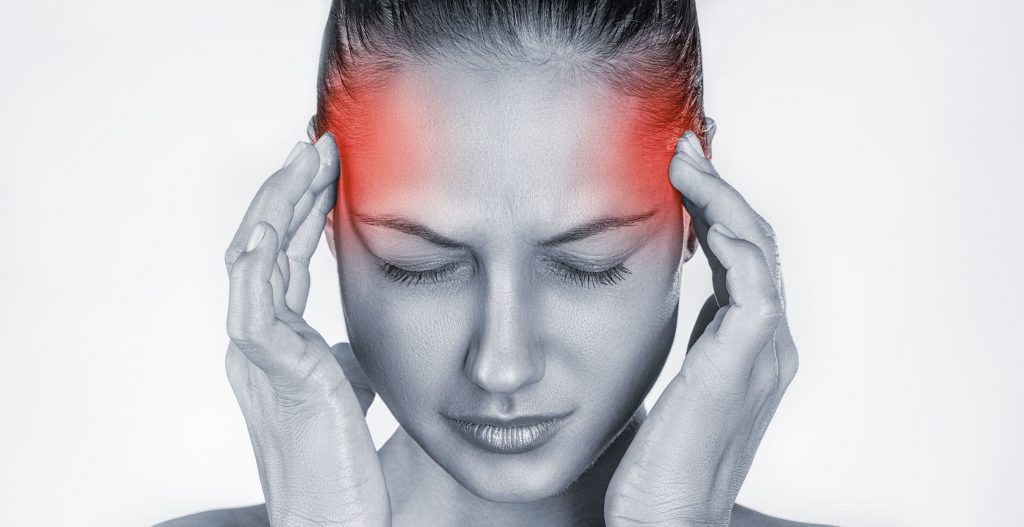Headache may be a key symptom of COVID-19 that predicts the disease’s clinical evolution in individual patients, new research suggests. An observational study of more than 100 patients showed that headache onset could occur during the presymptomatic or symptomatic phase of COVID-19 and could resemble tension-type or migraine headache.
Headache itself was associated with a shorter symptomatic period, while headache and anosmia (loss of sense of smell) were associated with a shorter hospitalization period. In a subgroup of participants, headache persisted even after the symptoms of COVID-19 had been resolved.
Investigators note that understanding the pathophysiology of headache in COVID-19 could improve understanding of migraine and other headache disorders.
“It seems that those patients who start early on, during the asymptomatic or early symptomatic period of COVID-19, with headache have a more localized inflammatory response that may reflect the ability of the body to better control and respond to the infection by SARS-CoV2,” lead investigator Patricia Pozo-Rosich, MD, PhD, head of the Headache and Craniofacial Pain Unit at Vall d’Hebron University Hospital, Barcelona, Spain, told Medscape Medical News.
She presented the findings at the American Headache Society (AHS) Annual Meeting 2020, which was virtual this year because of the COVID-19 pandemic.
Systemic Inflammation

Headache is one of the main symptoms of COVID-19. A recent study of 214 patients with COVID-19 showed that approximately 13% of the participants had headache and 5% had anosmia. SARS-CoV2 penetrates the cells through the ACE2 receptor, which is present throughout the body.
“SARS-CoV2 enters the body through the nasal cavity and it probably penetrates the nervous system in the periphery through afferent branches of the olfactory and trigeminal nerve,” Pozo-Rosich said.
It travels to the lungs and, later, the bloodstream. This generates systemic inflammation that may turn into a cytokine storm. Evidence has identified cortical hyperintensities and olfactory bulb hyperintensities in patients with COVID-19, suggesting that the virus directly infects the central nervous system.
Interleukin-6 (IL-6), one of the main inflammatory molecules, has been proven to be related to COVID-19 and has become a therapeutic target. Levels of IL-6 may be lower and tend to be more stable in patients with both COVID-19 and headache than in patients with COVID-19 only.
The researchers observed 130 patients (51% women; mean age, 54 years) with COVID-19 who were attended by neurologists at Vall d’Hebron. In this group, 74.4% had headache.
Patients with headache tended to be younger than those without headache (mean age, 50 years vs 63 years, respectively) and tended to be women (58.6% vs 29.4%).
Approximately one third of patients with headache had a history of migraine. Most reported mild to moderate pain that resembled tension-type headache. In participants with severe pain and migraine-like features, headache more often began during the asymptomatic phase of COVID-19.
The headache preceding typical COVID-19 symptoms was distinct from the patients’ usual migraine, “alluding to the possibility that headache related to COVID-19 is mechanistically different than migraine. It is possible that headache is a manifestation of COVID-19 CNS invasion or cytokine storm, though further data are needed.”
The first patient’s headache resolved with resolution of other COVID-19 symptoms, while the second patient continued to have headaches for two weeks after resolution of typical COVID-19 symptoms. Moreover, the first patient did not have migrainous features with her continuous headache.


